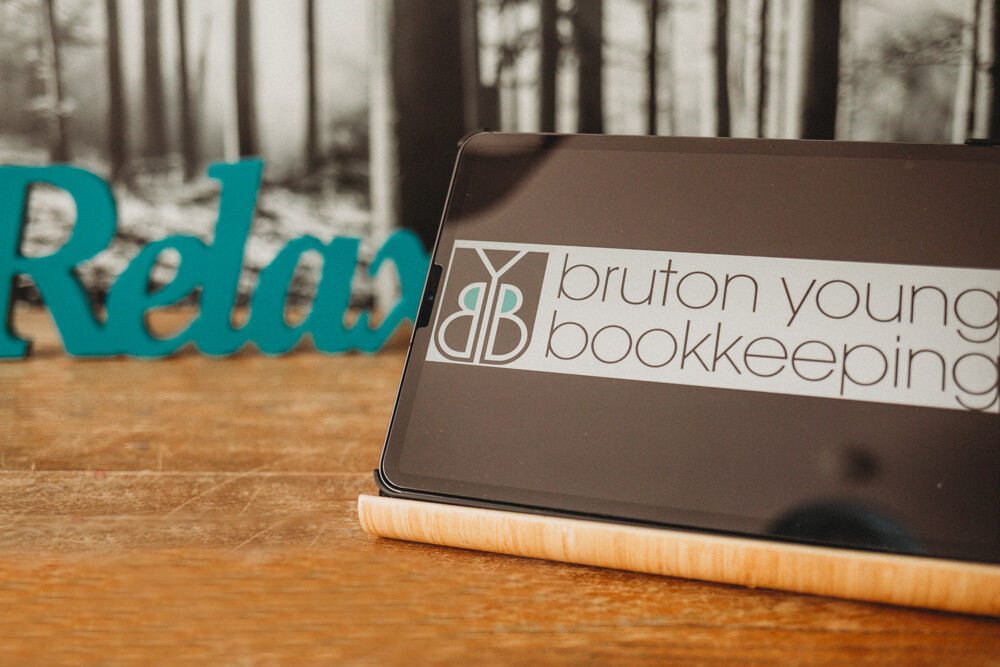So, you’ve just started freelancing. Your business has just began. One of the most important things to decide on is how much to charge for your services. How do you do this? How do you calculate the perfect rate? Too high and you might price yourself out the market. Too low and you may attract clients you’re not happy to work with and come across as a cheap amateur. In this blog we look at a few things to consider when debating how much you should charge clients for your work.
One of the big questions is usually whether to quote a fixed price or an hourly rate. There are pros and cons of both. With a fixed price the client knows exactly how much they’re going to be charged, there is no extra on top. It’s an agreed price for the agreed work so everyone knows where they stand. The monetary number you quote shows that you have considered the project, its complexities, the work required and then priced accordingly. Of course, there could end up being more work than initially considered, things might change and you may end up doing additional work but not being able to charge extra. That is where an hourly rate works better. You’re charging per hour for work done and as mentioned, if there is any additional work, you’re covered in terms of earning, as you aren’t doing anything extra without payment.
A good compromise could be to offer a fixed project rate, which includes X amount of hours, mentioning anything on top of this would be charged hourly. That way the client wants to get everything done within the original quote as they probably don’t want to spend extra money but if it does runs over, you’re still going to earn for your time and effort and the client knows about this in advance.
Don’t think for one second that the client will accept your first offer. They might but they’ll be wanting to get the best price and will probably try a bit of cheeky negotiation. With that in mind, add a few extra pounds on top of what you’d be happy with. That way if they do ask for a lower price, you have a margin of ‘wiggle room’ in order to secure the deal. Don’t feel you have to say yes if they only have a certain amount of budget. You could end up doing more work for a lower paying client which could mean you have to say no to another better-paying contract. Do make sure that you are covered for any additional work that they might try and add to the project once you have started. There are many names for this type of client but the official term is Scope Creep. They agree the price and then try to add extra bits of work or revisions for free. Remember, your time, effort and work is worth something. You could be spending time playing with your kids instead of doing extra client work without getting paid. Cover yourself.
There are a number of online tools available for you to figure out what you should be charging. These are often based on real world freelancers so it’s a good ‘go to’ if you’re unsure what to quote. Know that every project is different, will take up different amounts of time, with require different skills, knowledge and software. There will inevitably be monetary variation from one project to another.
Never forget that your earnings also need to cover your own business expenditure. The new laptop you bought for business, the fuel and car insurance to get to the site, the advertising you’ve done in the local paper, your awesome accountant. It takes money to run a business so be sure that you cover your own expenses as well as your salary.
Take a look at what competitors are charging and price yourself accordingly. You may wish to undercut other companies in your local area but never make yourself look cheap. You can always promote special offers to attract new custom or perhaps price match what has been quoted elsewhere. At the end of the day, if you are happy with what you charge for the work you do and ultimately, you can afford to live, that is what matters.


